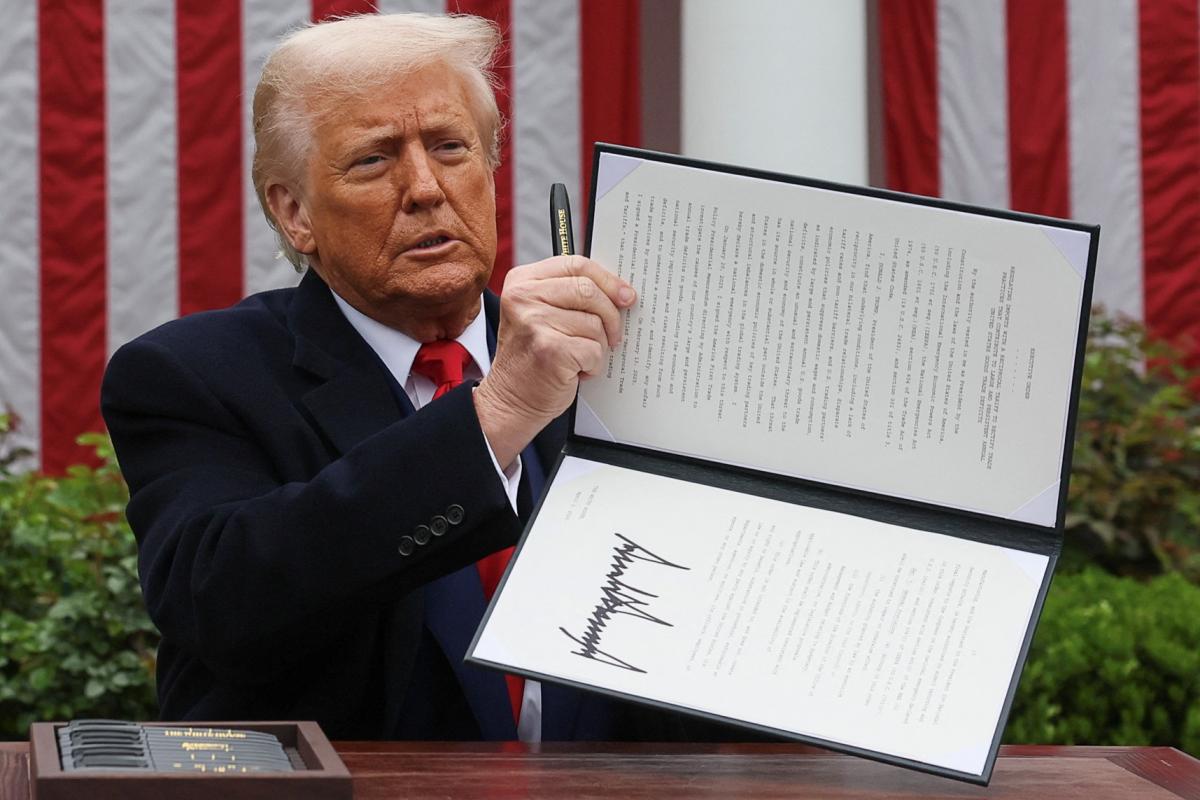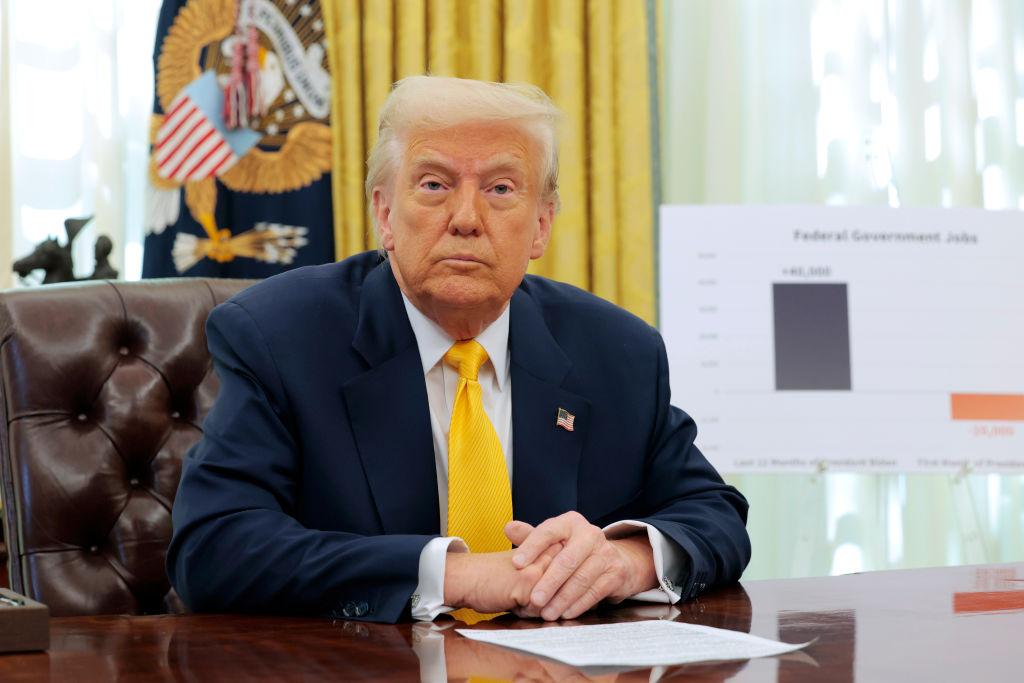Last year was a tough year for the New Zealand economy.
So tough, in fact, that HSBC estimates it had the biggest drop in gross domestic product in the developed world and The Economist put us ahead of only Finland, Latvia, Turkey and Estonia on a measure that included stockmarket performance, inflation, unemployment and government deficits.
But why was the hit so bad?
A big part of the equation is the government’s response to Covid-19. The government spent about $60 billion through the Covid-19 Response and Recovery Fund, including about $12b in the initial wage subsidies.
Simplicity chief economist Shamubeel Eaqub says the response was large by international standards.
“We had a lot more stimulus in the Covid years and we have had a lot more restriction that followed both from monetary policy and fiscal policy. The government injected as hell of a lot of money through the Covid years then there has been a really big pull back.
“[Covid spending] was massive. It was free money going into business accounts, business profits spiked during the Covid years.
“We have never had more profitable businesses than we did during the lockdowns.
“As a result, we didn’t have the same kind of job losses and that kind of thing, it was a lot of money. Interest rates fell very sharply and the loosening of the lending rules was quite significant.”
Kelly Eckhold, chief economist at Westpac, agreed it was noticeable that the per-capita bounce back from the immediate Covid negative shock was strong, compared to other countries.
He said the fiscal response “really did juice the economy” for a while.
But that also pushed inflation up, which the Reserve Bank responded to with sharp interest rate hikes – again at a world-leading pace.
The central bank was clear that it was trying to engineer a recession to get the rate of price growth under control.
“If you look at Australia, they didn’t raise interest rates as much but they haven’t started cutting yet,” Eaqub said. “They chose a much more moderate path.”
Eckhold agreed: “They decided they could afford to allow inflation to stay up for a bit longer, and give it the benefit of the doubt. They put more weight on protecting the labour market. In Australia they have a labour market mandate as part of the Reserve Bank criteria.
“In New Zealand, when the new government came in they specifically changed the Reserve Bank mandate to take that out and focus on inflation.”
He said the US Federal Reserve also had an employment mandate which might have made it more willing to cut rates.
Eaqub said the monetary policy was still tight. “The Reserve Bank came out last week with Paul Conway’s speech saying neutral is 2.5 percent or 3 percent [for the OCR] so they are still leaning against the economy even when it’s on its knees. These guys are sadistic. They’re like ‘we’re going to crush this economy it’s the only way we know how to tackle inflation’.”
He said that was acceptable as the only tool available to the Reserve Bank but it showed the mistake of the “sugar rush” of the Covid years that sent money into the property market.
“The immigration boost that helped us didn’t come with an overall lift in the standard of living… there were more people rather than people being better off. Now there’s been a giant downturn in the housing market, a construction slump and people are feeling poorer.”
On top of that, government has pulled back on spending, putting further pressure on the economy.
From here, Eckhold said things should improve on the back of sharp easing from the Reserve Bank.
“There’s been 125bps so far and we’re fairly confident we’ll get another 50 in another few weeks. That’s right up there in terms of the size of the response we’ve seen anywhere. We should expect that to reflected in better growth outcomes.”
He said he was not predicting “stellar growth” but a return to trend.
“Interest rates have been cut a long way but they’re not going into strong stimulatory territory. Fiscal policy is predicted to remain relatively tight.”
Eaqub said there should be a fairly strong cyclical bounce back. “We haven’t lost massive amounts of jobs like we have in previous recessions, which is great. If you look at the monthly data if feels like things are just starting to stabilise a bit which is pretty incredible if you think about it. Job ads are not falling precipitously anymore, so the preconditons are there for a recovery.”
Eckhold said China’s economy being weaker could also be a handbrake as the country’s biggest trading partner, and US President Donald Trump’s tariffs could be an issue.
Infometrics chief forecaster Gareth Kiernan said there were other factors beyond fiscal and monetary policy that would have affected outcomes, such as the severity of lockdown restrictions, border closures, household debt levels, migration, export prices and population growth.
He said while the US had a different pattern, the total outcome over the past four years was not hugely different. The US fell sharply in 12020 while New Zealand grew, but continued to grow relatively strongly through 2023 and 2024 while New Zealand stuttered.














